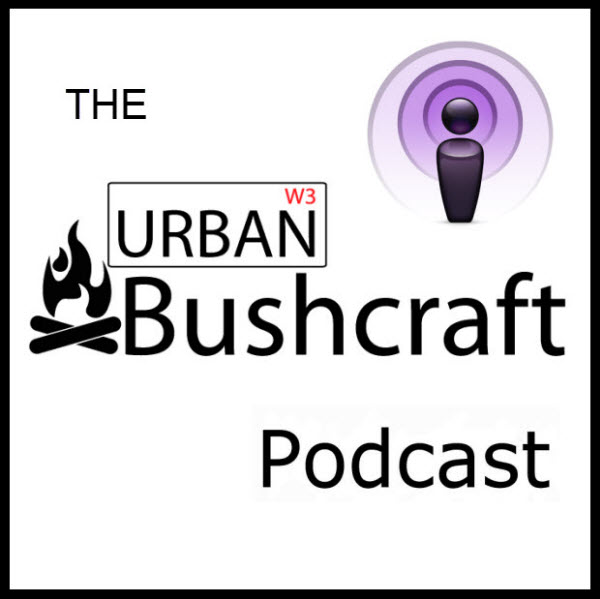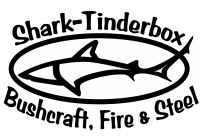After the visit to Ben Orford’s workshop where I was fortunate enough to be able to use Ben’s tools and guidance to turn my bar stock into a blank ready for heat treating. To do this I setup my old trusty BBQ in the garden and lit some coals in it, I then started to prepare my quench while I waited for the coals to reach temperature.
My quench was vegetable oil in a bread baking tin, I left the tin close to my makeshift BBQ forge so I could reach it quickly to quench the blade when it reached the required state. To help the fire reach the required temperature I ran an extension lead into the garden and used the wife’s hairdryer, the blade was then placed into the hot coals. I did a lot of research about what I was looking for to indicate that the steel had reached the required temperature, the two things I read about in every source were that the steel would lose its magnetic attraction and the steel would glow cherry red.
It didn’t take as long as I expected to reach the tell tale colour and a quick check with a magnet confirmed that it was ready to be quenched, as I placed the glowing red blade into the quench there was a little flare up which lasted a few seconds and then a smell which reminded me of chip shop chips. Then after a quick clean up with a wire brush it was time for tempering.
The electric oven was set to 220c and preheated prior to the knife being placed into it, once the knife blank was in I set a countdown timer for two hours. It was half way through the tempering when I realised I forgot to check the hardness with a file, if I had done it correctly the file would have just skipped over the blade. When the temper was finished I opened the oven door and let the knife cool, the colour of the oxidisation left from the tempering match the colour on the comparison chart I was using indicate that the finished hardness is 57 on the Rockwell scale.
Before I fix a handle onto the blade I would like to have the knife tested on a calibrated Rockwell testing machine, to confirm that I reached a suitable hardness. If not I can anneal the steel and start the heat treating process again.
In the meantime I have plans to make a few more knives putting into practice what I have learnt from Ben and influenced by Ian Nairn’s article in issue 45 of Bushcraft and Survival Skills magazine.


